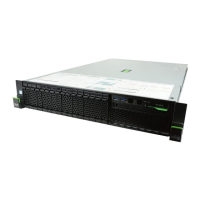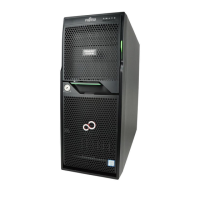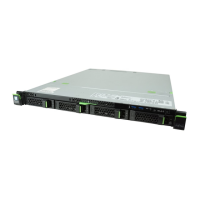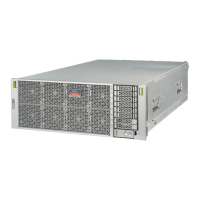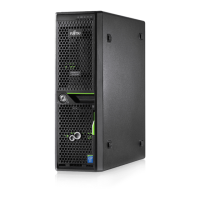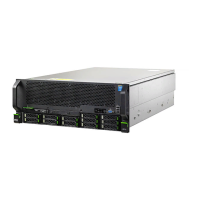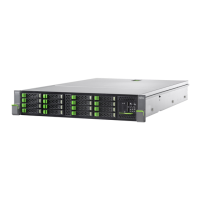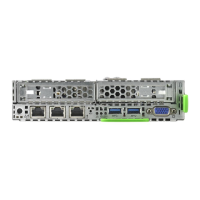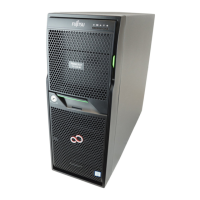C120-H007-08EN 45
4.4 Thermal Load and Cooling Capacities
4.4 Thermal Load and Cooling Capacities
The thermal load imposed on an air conditioner must include those coming from the
power supply facilities and from the building, as well as heat from the server system
itself.
Air conditioning of computer rooms in comparison with normal offices is
characterized by the following:
Sensible heat accounts for a greater percentage of the heat which causes
temperature rises, with lesser latent heat relating to outside air and vapor from
human bodies. The flow rate of the air conditioner needs to be able to cool sensible
heat.
While the common room temperature and humidity requirements are 24C (75F)
(dry-bulb temperature) and 45% (relative humidity), the ratings of air conditioners
are usually stated at 27C (81F) and 50%.
Hence, it is more desirable to determine the cooling capacity of an air conditioner on
the basis of its test data, rather than its stated ratings. Possible sources of thermal load
that are imposed on air conditioners, examples of cooling capacity calculations, and
convenient formulas to work out air conditioning capacities are described below:
4.4.1 Thermal load imposed on air conditioner
The thermal load that is imposed on an air conditioner in a server room can generally
be calculated by summing up the amount of heat dissipation listed in Table 4.5.
Table 4.5 Sources of overload and amount of heat dissipation
Source of heat Amount of heat dissipation
Heat from the server system
Amount of heat dissipation calculated from the
specification of the individual devices.
Heat from the power supply
facilities
Amount of heat dissipation from the stepdown
transformer, automatic voltage regulator (AVR), or
uninterruptible power supply (UPS).
Heat from outside the room
(walls, partitions, windows,
ceiling, floor, etc.)
A computer room in a steel-framed reinforced
concrete building built in Japan typically has a heat
dissipation of about 420 kJ/h per 1m
2
(36.9 Btu/h
per 1 ft
2
).
This approximate value depends on the district in
which the building exists, its structure, the
orientation of the room, and other relevant
conditions.
Heat from outside air taken in,
from natural ventilation, etc.
Heat from lighting fixtures
Heat from human bodies

